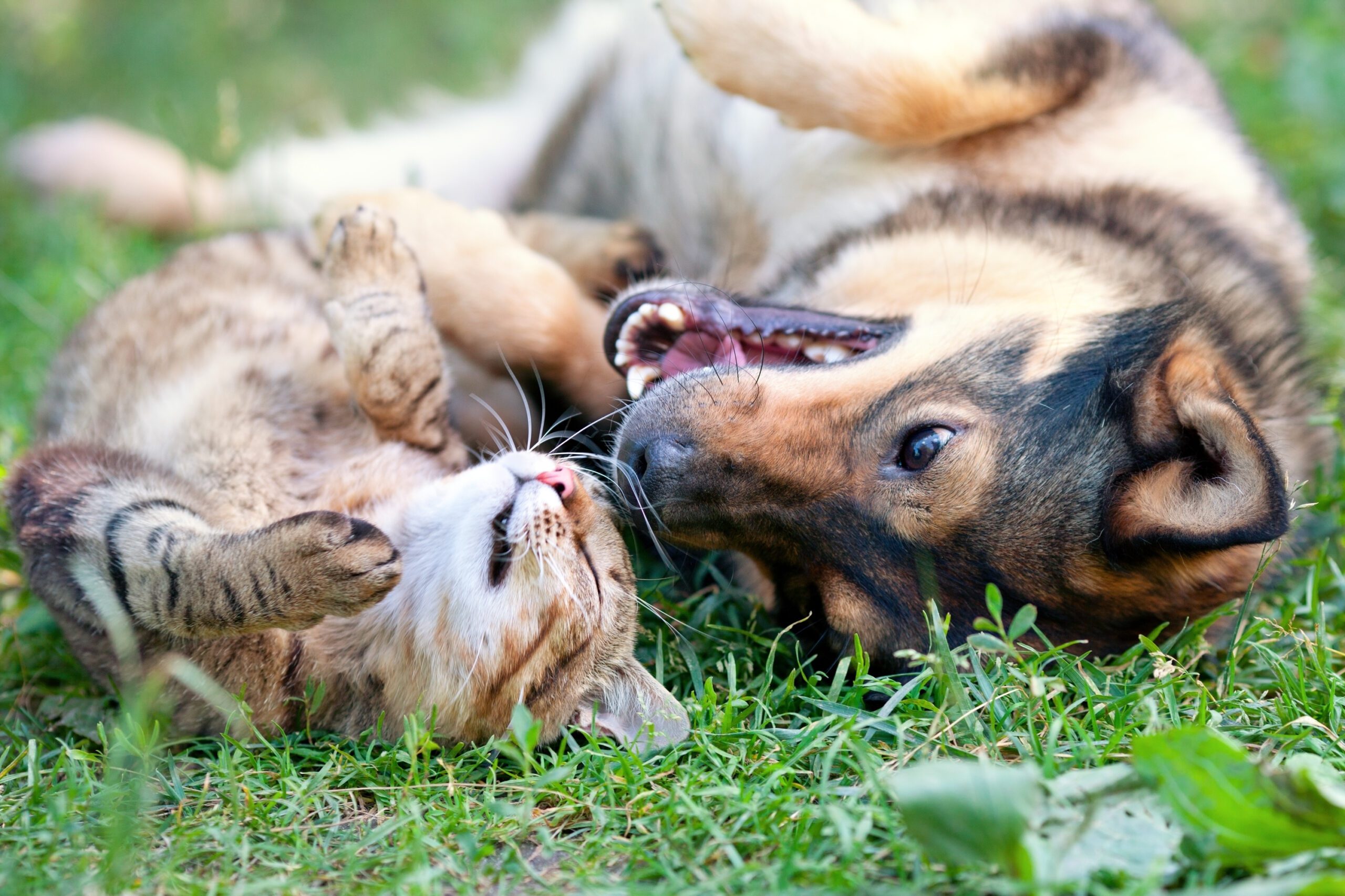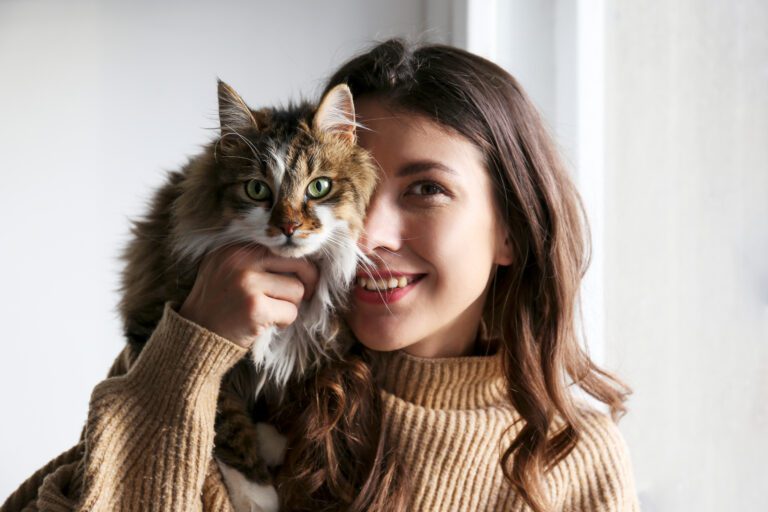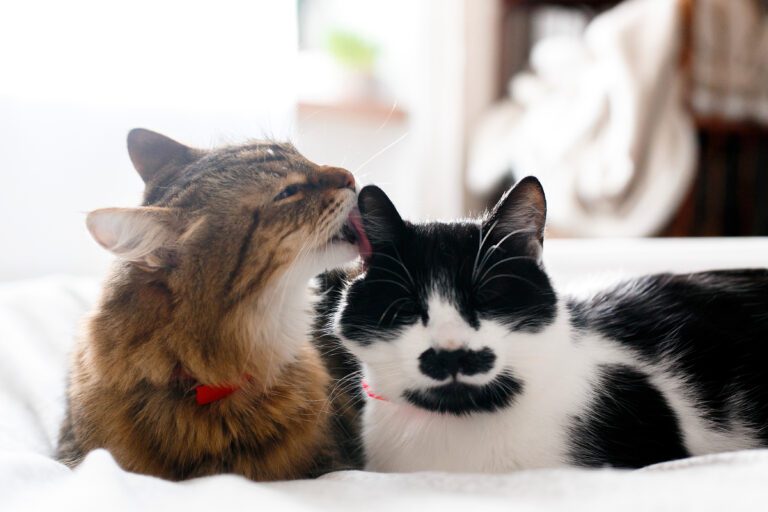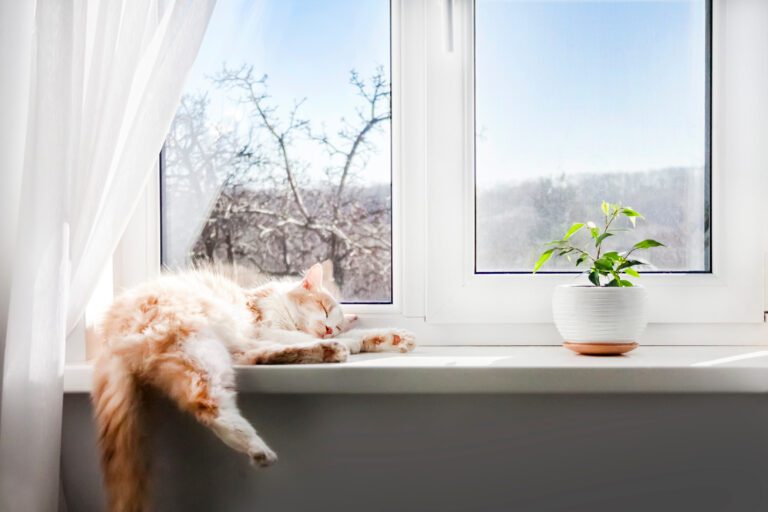Owning a pet comes with a great deal of joy and responsibility. As a crucial member of your family, your pet’s health and well-being is important to consider. Just like humans, pets can face unexpected health issues and accidents. This is where pet insurance can play a vital role in providing financial assistance and peace of mind. In this article, we’ll explore the different types of pet insurance available, discuss the age groups for which pet insurance is beneficial, and provide essential details to help you make an informed decision regarding pet insurance for your family pets.
Types of Pet Insurance:
- Accident-Only Coverage: Accident-only pet insurance policies provide coverage specifically for injuries resulting from accidents, such as broken bones, cuts, and poisoning. This type of coverage is often more affordable but does not cover illnesses or pre-existing conditions.
- Time-Limited Coverage: Time-limited policies provide coverage for both accidents and illnesses but only for a limited time period, typically 12 months from the date of diagnosis. Once the time limit is reached or the coverage limit is exhausted, any further treatment for that specific condition will not be covered.
- Maximum Benefit Coverage: Maximum benefit policies have a maximum payout limit per condition. They cover accidents, illnesses, and some ongoing conditions up to the maximum benefit amount. Once the limit is reached, the condition will no longer be covered.
- Lifetime Coverage: Lifetime policies provide the most comprehensive coverage available. They cover accidents, illnesses, and ongoing conditions throughout your pet’s lifetime. These policies may have annual coverage limits, but they reset each year, ensuring continued coverage for chronic or recurring conditions. For ultimate peace of mind throughout your pets life, these types of plans are often the best option.
Pet Insurance for Different Life Stages:
- Young Pets: Insurance is particularly beneficial for young pets, as it helps protect them during their most vulnerable stages of life. Young animals are more prone to accidents, and early-onset illnesses can be detected and treated promptly. Insuring them at a young age ensures coverage before any pre-existing conditions develop. If you’re considering pet insurance at all, it’s often best to consider enrolling before you get your new pet or shortly after their arrival.
- Adult Pets: Adult pets can still benefit from insurance, especially if they are prone to certain breed-specific conditions or if there is a family history of health issues. Insuring adult pets helps provide coverage for unexpected illnesses or accidents that may arise during their prime years.
- Senior Pets: While some insurance providers may impose age restrictions, there are policies specifically designed for senior pets. Senior pet insurance can be invaluable, as pets tend to develop age-related conditions that require ongoing care, medication, or specialized treatments.
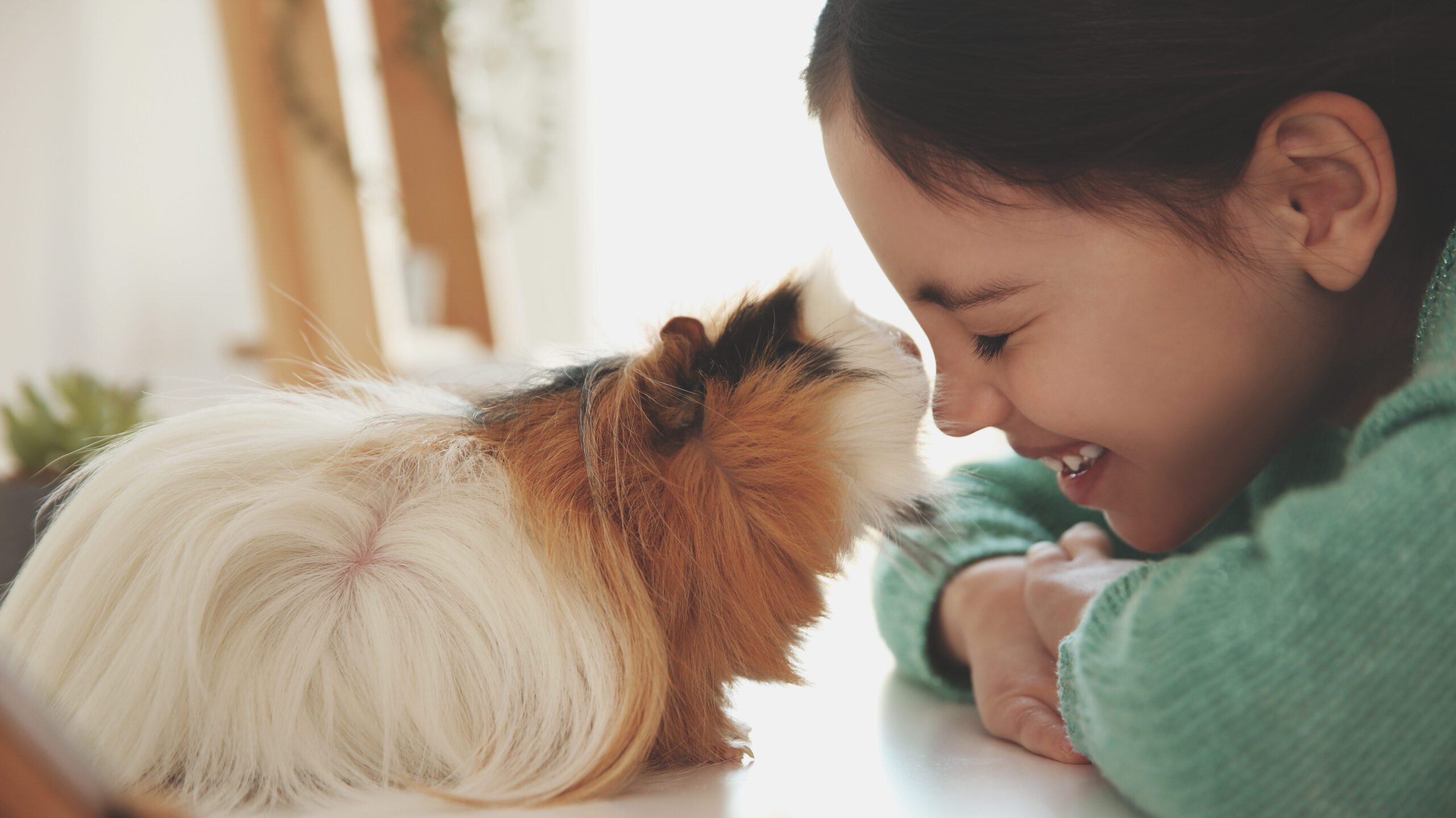
Important Details to Consider:
Coverage and Exclusions
Carefully review the coverage offered by different insurance providers. Understand what is included and excluded in the policy, such as pre-existing conditions, hereditary or congenital conditions, routine preventive care, dental care, and prescription medications. Reading the fine print can be tedious, but it could make a massive difference for you and your pet!
Waiting Periods
Most pet insurance policies have waiting periods before coverage takes effect. Be aware of these waiting periods, as they vary depending on the provider and the type of coverage. During waiting periods, some conditions may not be covered.
Deductibles and Reimbursement
Understand the deductible options and reimbursement percentages offered by different insurers. A higher deductible may result in lower premiums, but you’ll need to pay more out of pocket before receiving reimbursement. Similarly, reimbursement percentages range from 70% to 100% of eligible expenses.

Cost and Affordability
Consider the premium costs, which are influenced by factors such as your pet’s age, breed, location, and the chosen coverage. Compare multiple quotes to find the best balance between affordability and comprehensive coverage.
Customer Reviews and Ratings
Research and read reviews from other pet owners to gauge customer satisfaction, claim processing, and overall experiences with different insurance companies. This can provide valuable insights into the quality of service and reliability of each provider.
Pet insurance can be a valuable tool in safeguarding the health and well-being of your new family members. By understanding the different types of pet insurance available, recognizing the age groups that benefit the most, and considering important details, you can make an informed decision that best suits the needs of your pets and your family. Carefully assess policies, compare quotes, and choose a reputable insurance provider to ensure your pet is protected throughout their life journey.
We’ve taken the time to compile the best pet insurance providers in the market. Click here to find the perfect plan for you and your pet!



